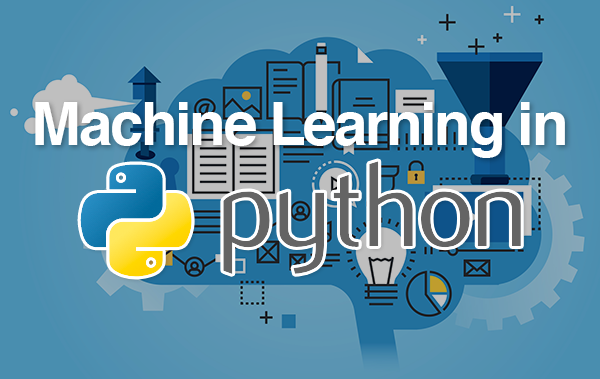How to apply sklearn decision tree algorithm to adult income data

Decision Tree is a popular supervised machine learning algorithm that can be used for both classification and regression tasks. It creates a tree-like model of decisions and their possible consequences, which can be used to predict the outcome of a new observation. In this essay, we will be discussing how to apply the decision tree algorithm to predict adult income using the sklearn library in Python.
The first step in using the decision tree algorithm to predict adult income is to acquire and prepare the data. The Adult Income dataset is a popular dataset that contains information about the income of adults such as education level, occupation, and age. This dataset can be acquired from various online resources, such as the UCI Machine Learning Repository. Once the dataset is acquired, it needs to be cleaned and preprocessed to ensure that it is in a format that can be used by the algorithm. This may include handling missing values, converting categorical variables to numerical values, and splitting the data into training and test sets.
After the data is prepared, we can import the DecisionTreeClassifier from the sklearn library and create an instance of the classifier. We can then fit the classifier to the training data using the fit() function and use the predict() function to make predictions on the test data.
We can also use the score() function to evaluate the performance of the model on the test data. This function returns the accuracy of the model, which is the proportion of correctly classified samples. We can also use the cross_val_score() function to perform k-fold cross-validation on the data, which helps to get a more robust estimate of the model’s performance.
We can also visualize the decision tree using the plot_tree() function from the sklearn library. This allows us to see the structure of the tree and understand how the algorithm is making decisions based on the input features.
In summary, applying the decision tree algorithm to predict adult income using sklearn involves acquiring and preparing the data, fitting a DecisionTreeClassifier to the training data, using the model to make predictions on the test data, evaluating the model’s performance, and visualizing the decision tree. Decision tree algorithm is a powerful and intuitive algorithm that can handle both categorical and numerical data and it is easy to understand and interpret the results.
In this Applied Machine Learning & Data Science Recipe (Jupyter Notebook), the reader will find the practical use of applied machine learning and data science in Python programming: How to apply sklearn decision tree algorithm to adult income data.
Disclaimer: The information and code presented within this recipe/tutorial is only for educational and coaching purposes for beginners and developers. Anyone can practice and apply the recipe/tutorial presented here, but the reader is taking full responsibility for his/her actions. The author (content curator) of this recipe (code / program) has made every effort to ensure the accuracy of the information was correct at time of publication. The author (content curator) does not assume and hereby disclaims any liability to any party for any loss, damage, or disruption caused by errors or omissions, whether such errors or omissions result from accident, negligence, or any other cause. The information presented here could also be found in public knowledge domains.
Learn by Coding: v-Tutorials on Applied Machine Learning and Data Science for Beginners
Latest end-to-end Learn by Coding Projects (Jupyter Notebooks) in Python and R:
Applied Statistics with R for Beginners and Business Professionals
Data Science and Machine Learning Projects in Python: Tabular Data Analytics
Data Science and Machine Learning Projects in R: Tabular Data Analytics
Python Machine Learning & Data Science Recipes: Learn by Coding
How to setup Early Stopping in a Deep Learning Model in Keras
How to predict and visualise a time series using GradientBoost in Python
How to install, load and describe Penn Machine Learning Benchmarks